Title |
The Post-Digital Publishing Archive: An Inventory of Speculative Strategies |
Author |
|
Date |
[Transcript of the talk delivered during “The Aesthetics of the Humanities: Towards a Poetic Knowledge Production” seminar, Coventry University — June 11th 2014]

Hello everybody,
first of all, I’d like to thank Janneke Adema, Gary Hall and Coventry University for giving me the chance to present my current research in such an inspiring context.
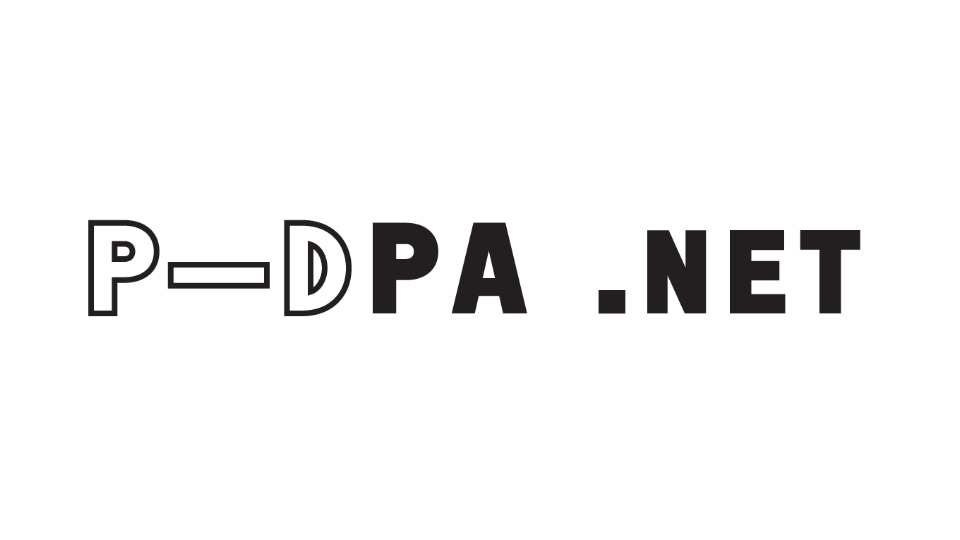
Today I’ll discuss an ongoing project of mine called Post-Digital Publishing Archive, in short P—DPA, an online platform to collect projects and artworks at the intersection of publishing and digital technology. I believe that some of P—DPA’s premises resonate with the issues raised in this seminar. In particular, I’d like to go through some of the elements characterising the curatorial practice – such as selection, categorisation, dialogue with creators, interface design –, in order to highlight the way they contribute to what is generally called ‘knowledge production‘. In doing so, I hope that the specificities of this case study may have a more general value.

In the arts and design field, it is essential to look at the combination of strategies employed and desired effects. I often come across projects with very different assumptions that have almost coincident outcomes or, conversely, very different results that derive from a similar focus. The articulation of these differences has a strong influence on practice, as it helps to build methodologies and to overcome the ‘someone already did that’ feeling.

The investigation of publishing in the digital age needs such comparisons among different signifying strategies. It should be possible to look simultaneously at physical and digital books, custom tools and proprietary platforms, online networks and offline ones; because they exist simultaneously, influencing each other.
Although several works embedding this complexity do already exist, it’s still hard to build or identify a comprehensive mindset to approach them. Precisely because of their hybrid nature, these works have sometimes little recognition. Additionally, they don’t often show up as case studies in the publishing field as they belong to contexts – such as new media art, poetry, design, electronic literature – often regarded as unrelated.
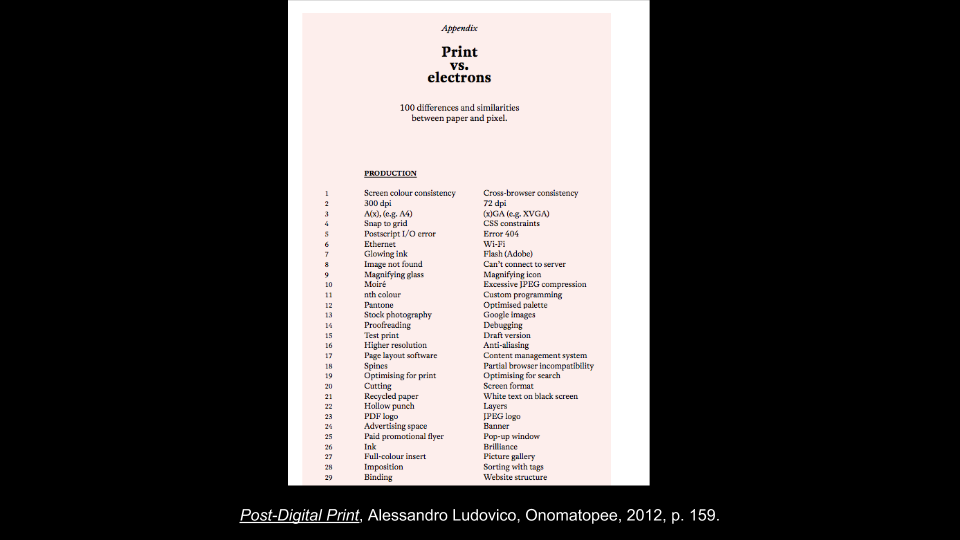
Post-Digital Print, by Alessandro Ludovico with afterword by Florian Cramer, opens the way to such mindset. The book goes beyond a linear vision of technological progress that generally simplifies or even prevents the comparative analysis of different practices. It offers a narrative that connects ‘lo-fi’ technologies and DIY approaches, such as mail art, stapled zines, personal blogs.
Between the lines, one can read the obvious assumption, yet enlightening, that contemporary printed matter both derive from and is dependent by digital ecosystems. It embeds the digital process that generated it and is subsequently dipped in a digitally-informed environment. P—DPA adopts the ‘post-digital’ label as an homage to the book; at the same time, it takes advantage of the fluidity of the term, a concept that offers a broad scope.

In its original sense, ‘post-digital’ encapsulated the decline of the revolutionary potential of digital technologies. According to Kim Cascone, the mere use of a new technology wasn’t enough anymore to make art. By stating that, in the year 2000, the world was post-digital, he advocated the overcoming of the technological frenzy.
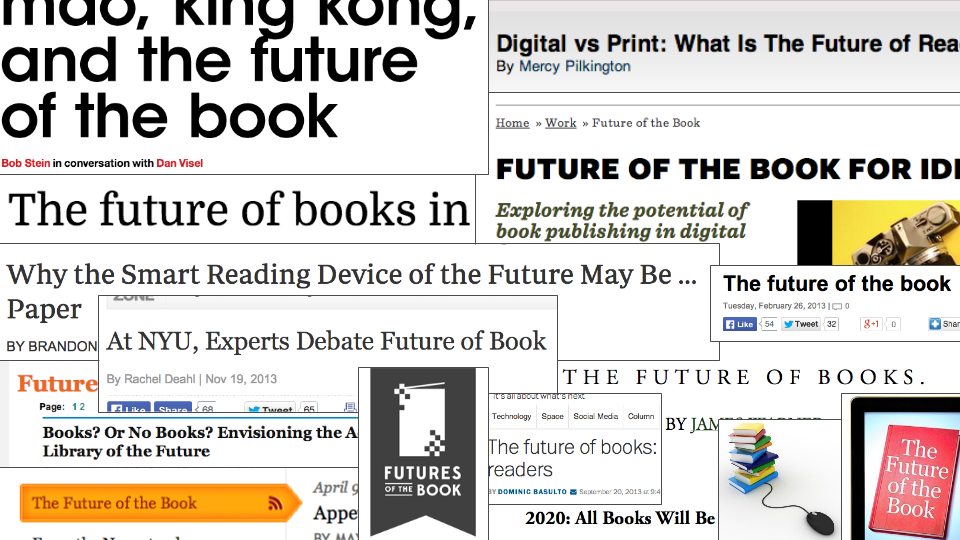
In the field of publishing, this frenzy is still very present, as evidenced by frequent bold and forgetful proclaims: the endless “end of the book” and “the future of the book” are two sides of the same coin. Probably, this has to do with the fact that the digital revolution had a less recognisable effect than in music, for instance. The aesthetic of ebooks doesn’t help: on various levels, EPUB files resemble early 2000s’ websites.
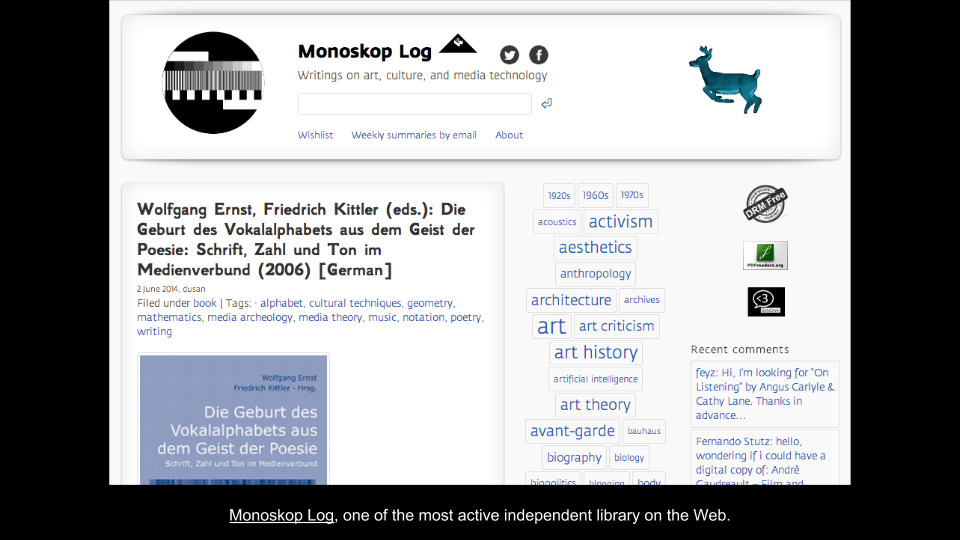
In this context, it is useful to apply a ‘post-digital perspective’ to publishing in order to overtake the mandate of commercial innovation and be able to grasp less pompous phenomena like, for instance, underground e-publishing. To do so, I suppose that a paradigm shift can help: an object-oriented focus should be replaced by, or at least matched with, a system-oriented one. From this perspective, the humble PDF, which is still the lingua franca of book sharing, becomes suddenly cutting edge, despite multimedia book apps.

Siegfried Zielinski describes the ‘post-digital attitude’ as an attempt to build awareness around digitality without precluding it. I think the Ipad, this sort of portable white cube, best represents both the ideology and the surface effects of the digital.
How is it possible to break the iOS’ incantation? For sure, it is helpful to recollect and compare strategies and operational modes employed by creators that use publishing as a medium in itself and a subject of reflection. P—DPA derives from this need: through the act of collecting, the ’post-digital attitude’ extends from the examined works to the archive itself.

The word ‘archive’ is partially inappropriate, because I don’t own all the physical artefacts present in the website and the documentation about them is not always comprehensive. However, I believe it is a powerful word because it holds a sort of institutional aura. Currently, P—DPA includes around twenty works by artists, designers and writers, located between Europe and the United States.

Of course, one of the main inspirations comes from UbuWeb, that can be considered, not surprisingly, a publishing platform. It’s shocking to know that this almost 20 years old website is still updated by one person – the “executive manager of words” Kenneth Goldsmith – who does that by writing pure HTML. This DIY, artisanal craft is valuable because it expresses a digital modus vivendi.

In P—DPA, this ‘artisanality’ partly lies in a slow paced updating process. Today, collecting often equals the push of the ‘Reblog’ button on Tumblr. On the contrary, each addition to P—DPA is accompanied by an actual contact with the creator, sometimes followed by an interview. In this way, creators get to know each other, if they don’t do already. As the scope is not to validate the artists, the investigation is targeted towards the ‘speculative‘ strategies and the achieved effects. P—DPA’s attitude is reflected in its design as well: the ‘mosaic’ layout fosters a holistic vision: juxtaposition as a declaration of intent.
When selecting the works, I see digitality as a form of contextualisation, rather than as an intrinsic feature (e.g. it must be played on a computer, or it must have been produced by a computer). Even though this is an unstable and ultimately subjective criteria, it is more inclusive, also in terms of historical framing. I’d like to provide a few examples to show how this can lead to interesting associations.

This is the prototype of a reading machine envisioned by Bob Brown, an avant-garde writer active in the 1930s, who wanted to “read hundred thousand word novels in ten minutes”. The machine would simply project one word at a time at a fast pace. Although it was never built, Brown commissioned texts for the machine that were printed in traditional books.
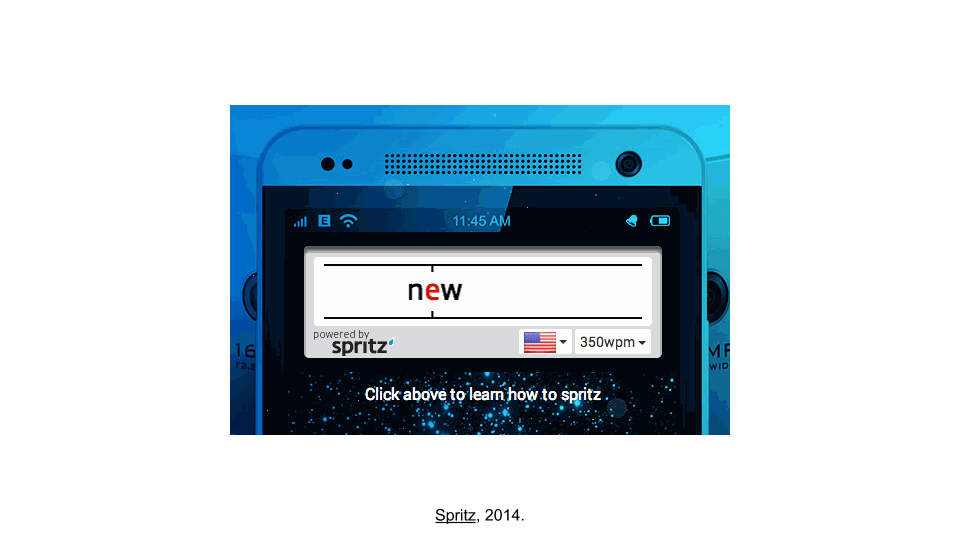
This recent project, called Spritz, derives from a premise similar to Brown’s: read faster. In the colloquial sense of the term, Bob Brown’s machine is not digital. But it is part of the same lineage of such technologies like Spritz, and therefore it can inform the latter. In an article hosted in P-DPA, Abigail Thomas, talking about the texts written for the reading machine, rightly argues that “through the materiality of the page acting as the imagined machine, […] the reader becomes the machine themselves”.

A more recent example is James Bridle’s My Life in Tweets, made in 2009. The project is simple: a collection of every tweet by the artist during two years in book form. The work was able to anticipate and preventively reflect upon the plethora of companies that soon after would provide a similar service.

In order to relate such works, a categorisation system that is both flexible and extensible is needed. This task hides many pitfalls and requires various fields of expertise, so what follows is an initial sketch of guidelines.
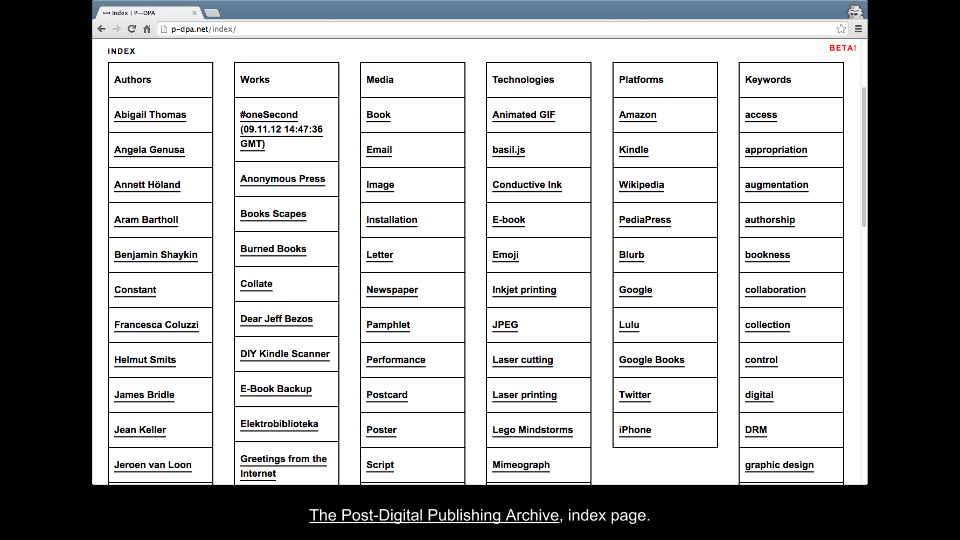
As you can see in the index page, the works included cover several media and therefore demonstrate that books or ebooks are not the ineluctable outcome of a reflection around publishing.

For instance, Turning Pages, this animated gif by by Annett Höland, seems to visualise Kevin Kelly’s utopia in which “all the books in the world become a single liquid fabric of interconnected words and ideas”.
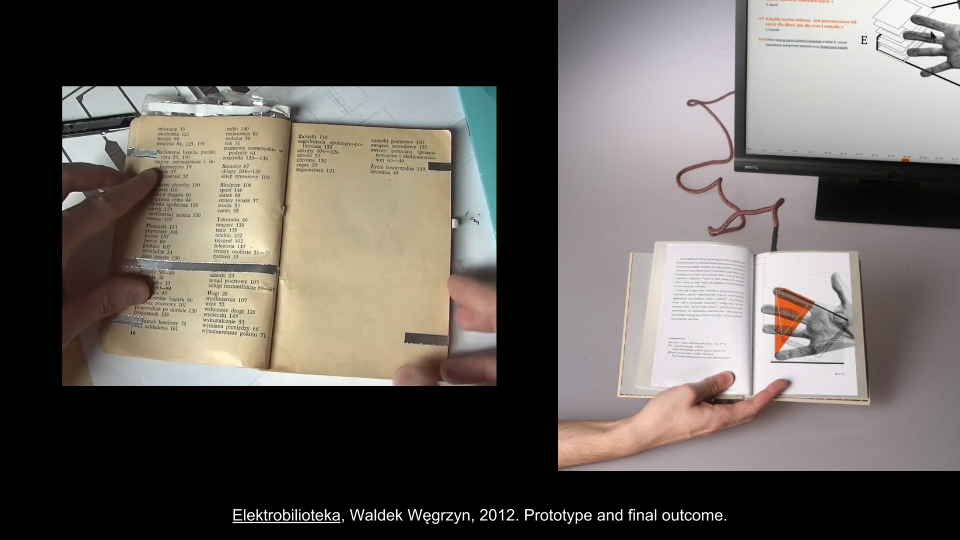
As P—DPA’s main scope is to highlight strategies to replicate them and build upon them, taking media into account is not sufficient. It is important to list the technologies involved, both the ones needed to produce the work and the ones needed to reproduce it. This is less easy than it seems: in a spectrum that may go from the alphabetical order to the Raspberry Pi, where do we start or stop?

No less important is the role of platforms. Here I think of the services provided by companies like Google or Amazon. As an example I’d like to mention a performance by German artist Johannes P Osterhoff, who, to comment upon the fact that everything we read on a Kindle is seamlessly sent to Amazon’s servers, ironically sends his reading information directly to Amazon CEO via email. In this case, the work becomes unintellegible without addressing the Kindle ecosystem as a platform.

This fuzzy categorisation aims to extend the notion of materiality formulated by N. Katherine Hayles. An extended materiality incorporates the production and distribution processes employed in the work as signifiers, even when they are not apparent, exactly because making them apparent is the goal.

Trying to list all the necessary metadata leads to dizziness: a monolithic set breaks in the face of such fluidity. An accumulative, ex-post approach may work better: instead of overlaying the items with a prebuilt view, it would allow to ask questions over the resulting categorisation. Based on RDFa, the proof of concept adopted mixes a few common ontologies, such as Dublin Core and FOAF, with a custom one.

I agree with Janneke Adema when she argues that “there is a felt need to […] emphasise how a media’s materiality or specific format influences its meaning and use.” This need should inform categorisation: materiality as the physical outcome or the final representation of a work is not enough. A motto to highlight the “performative aspects of materiality” could be “if it’s on aaaaarg.org, it’s not the same book.”

Talking about books, I interpret the ‘aesthetic of bookishness’, an expression coined by Jessica Pressman in 2009, as the material acknowledgment of the influence of digital networks on them. The above publication could be an example: a unique case in which the graphic design of the book epitomises its production and distribution processes. These processes result in different versions of the book, four in total. In the designers’ words: “the graded values of distribution and materiality are stated on check boxes on the cover, where it becomes apparent that they exist as figures separated from the unknown value of content’s production”.

The aesthetic of bookishness is also reflected in the distinctive physicality –echoing Xeroxed zines – of print on demand books made via Lulu. The above blank books, made by Giulia Ciliberto in collaboration with me, resulted from the use of criteria which are specific to the platform employed, such as the minimum and maximum available size, amount of pages, price. You can buy the tome on the left for 1.000.000€.
At this point, it is fair to ask: “what do we mean by publishing?” A side effect of this juxtaposition of works and multiple materialities is an extension, for better or worse, of the notion of publishing itself.

Let’s consider for instance DNA-pparel, an online service, created by Daniel Luxemburg in 2013, that allows a user to print part of her genome on a custom t-shirt. Let’s now compare it with the following principle, stated by Andrew Murphie in 2008:

Publishing should be defined as broadly as possible, almost to the boundaries of life and culture. Consider the publication of genomic material, or, via increasingly sophisticated brain scanners, of the electro-chemical activity of the brain.
I’d like to conclude with this definition. Many thanks for the attention.
